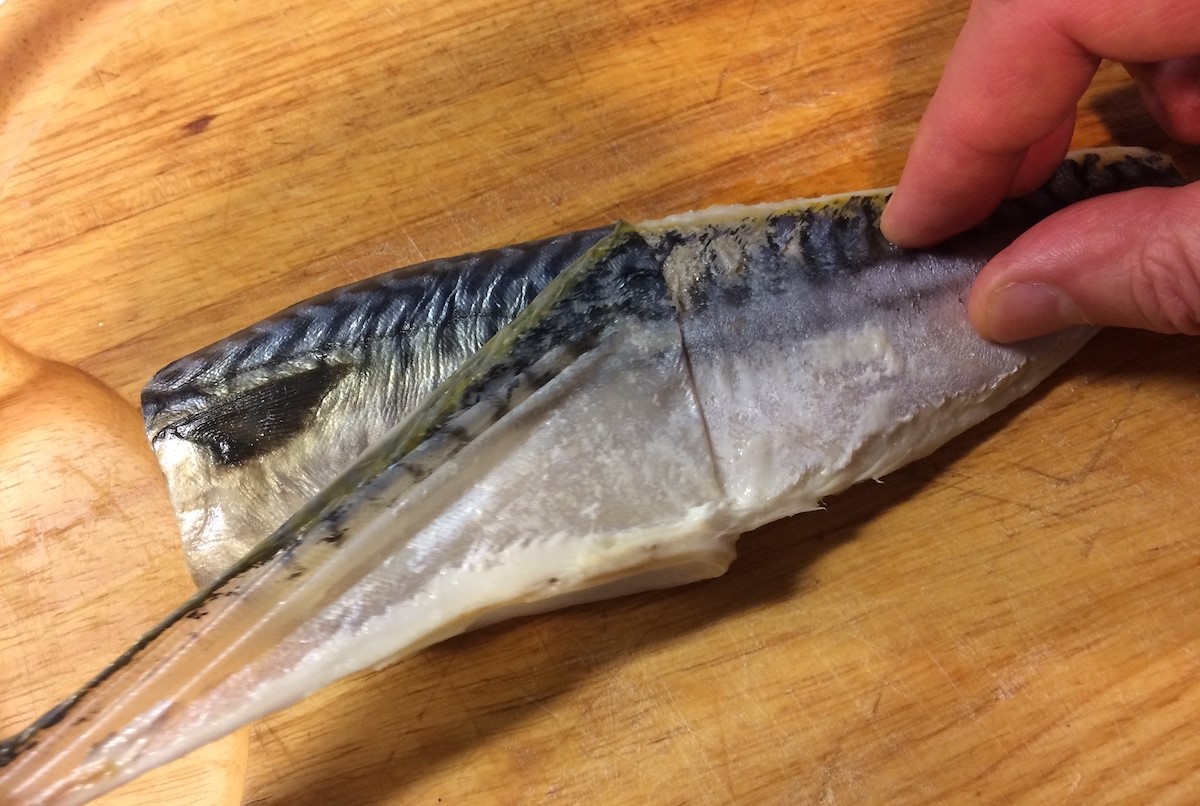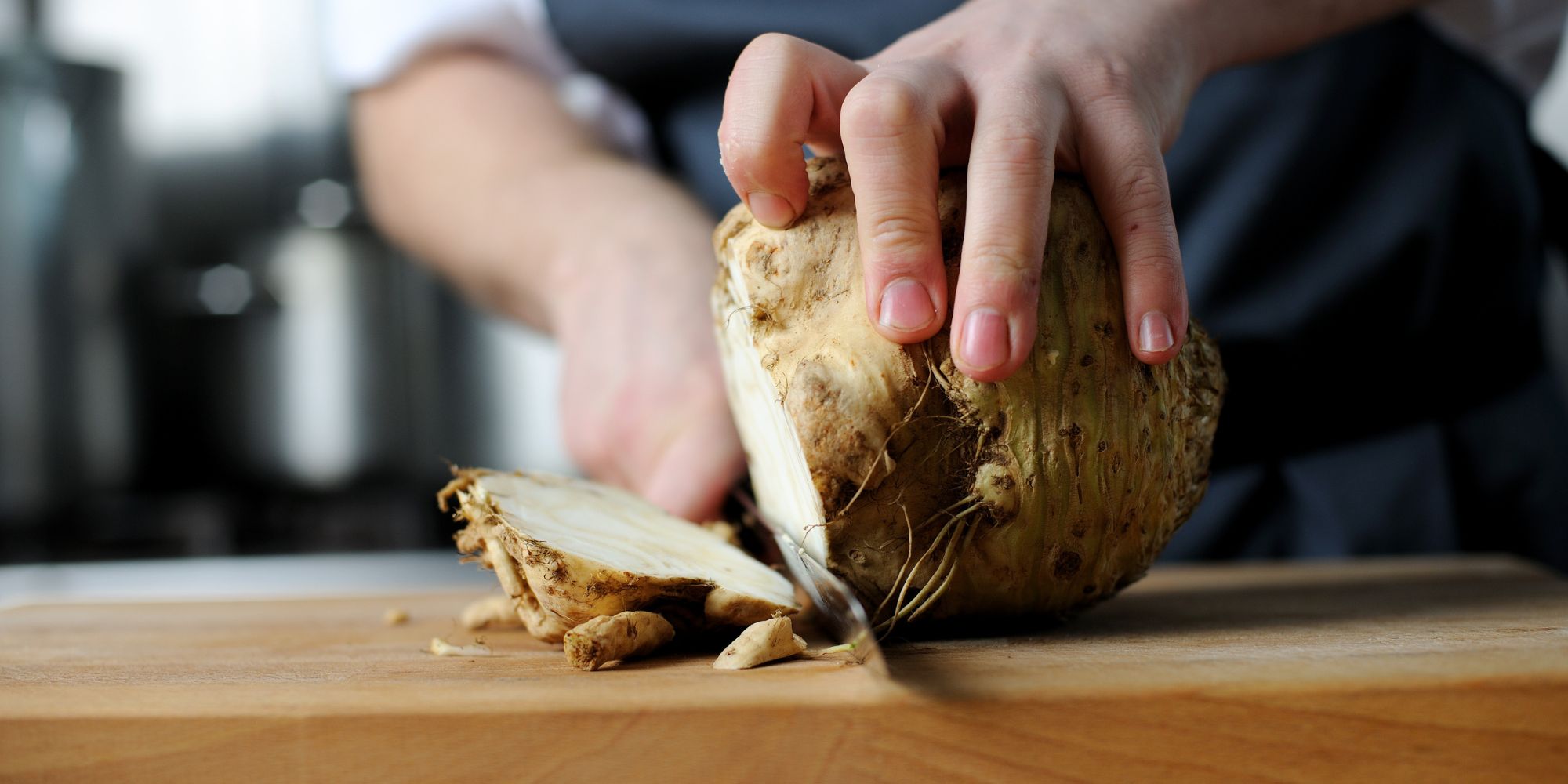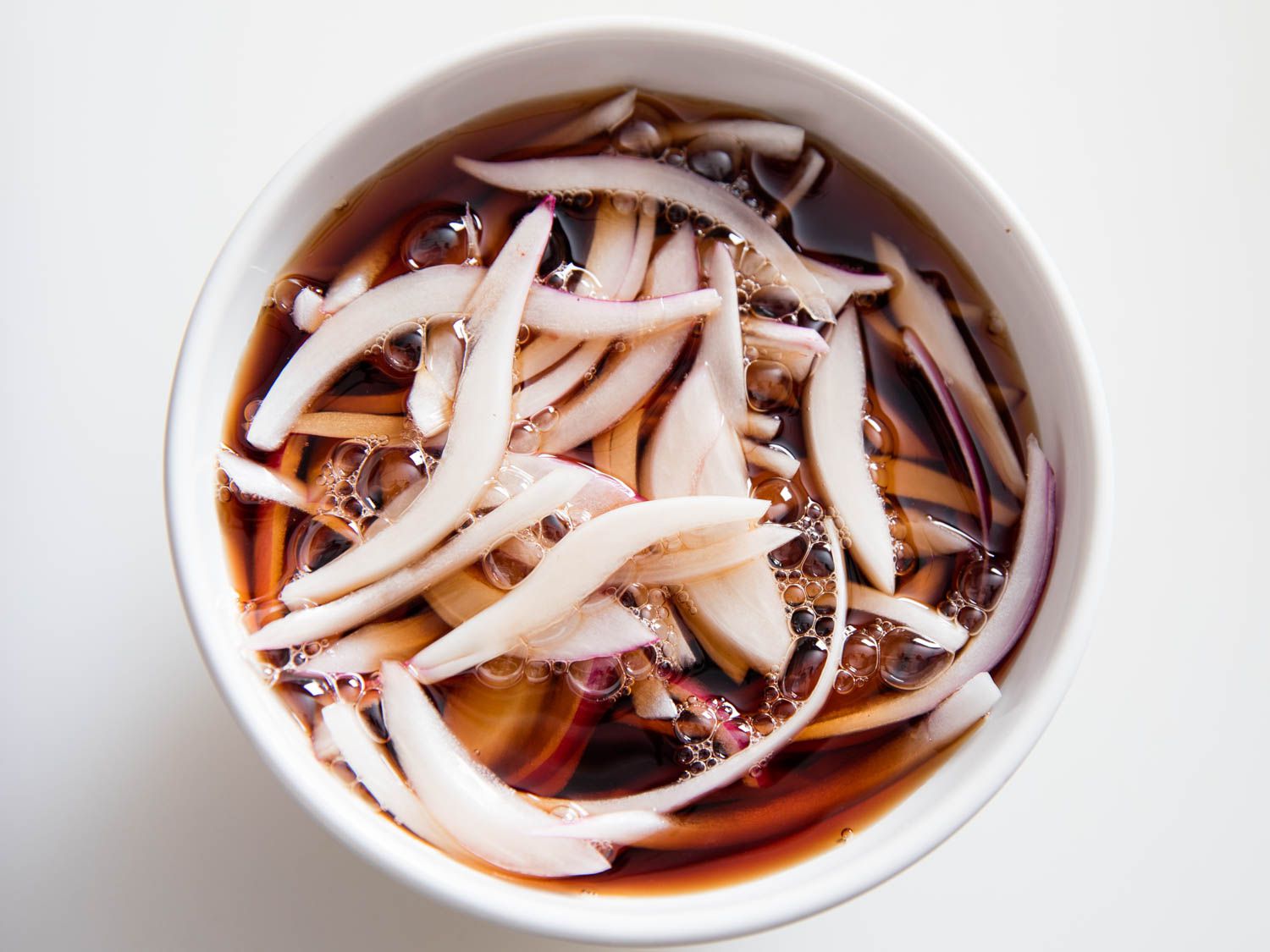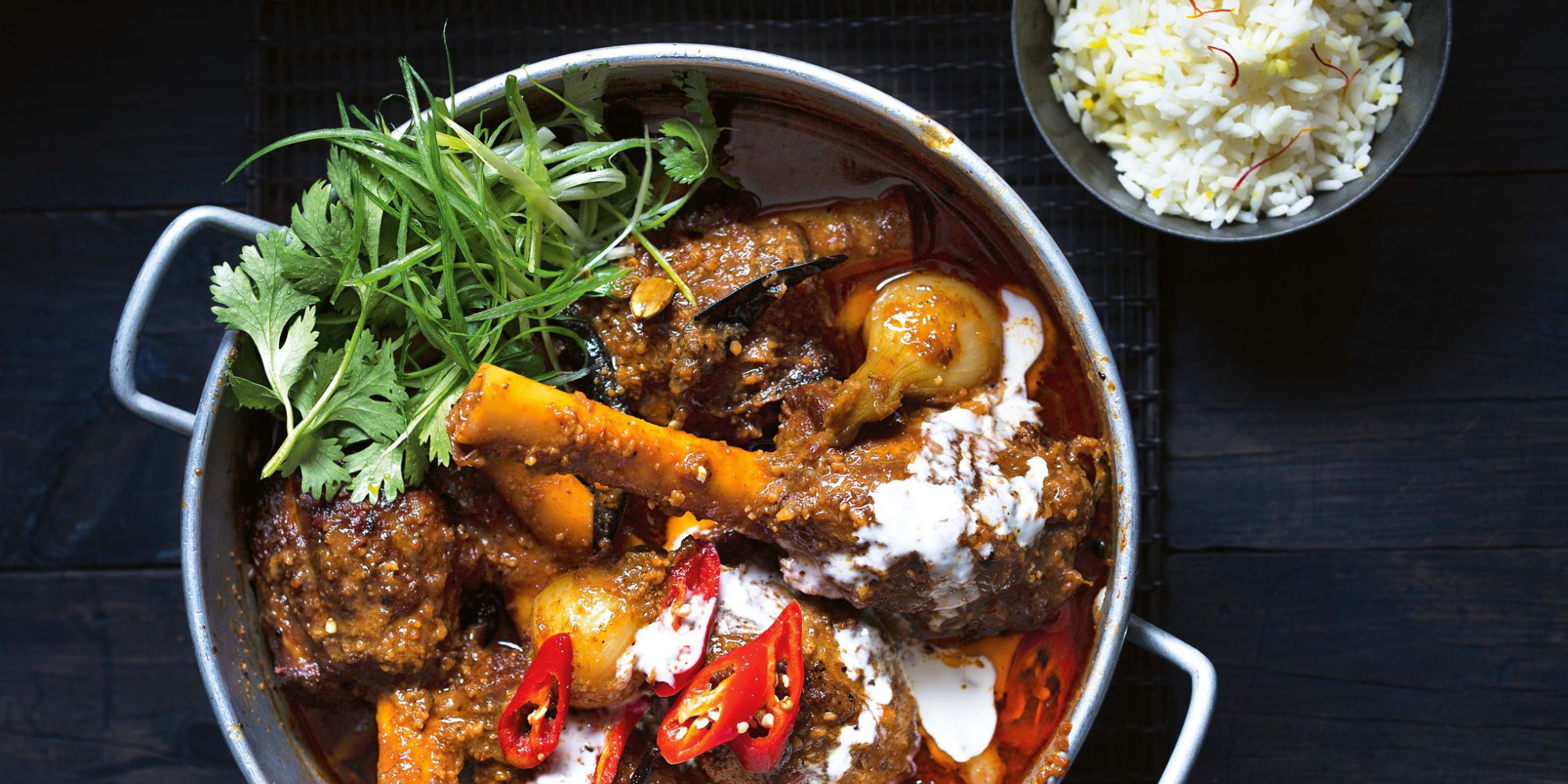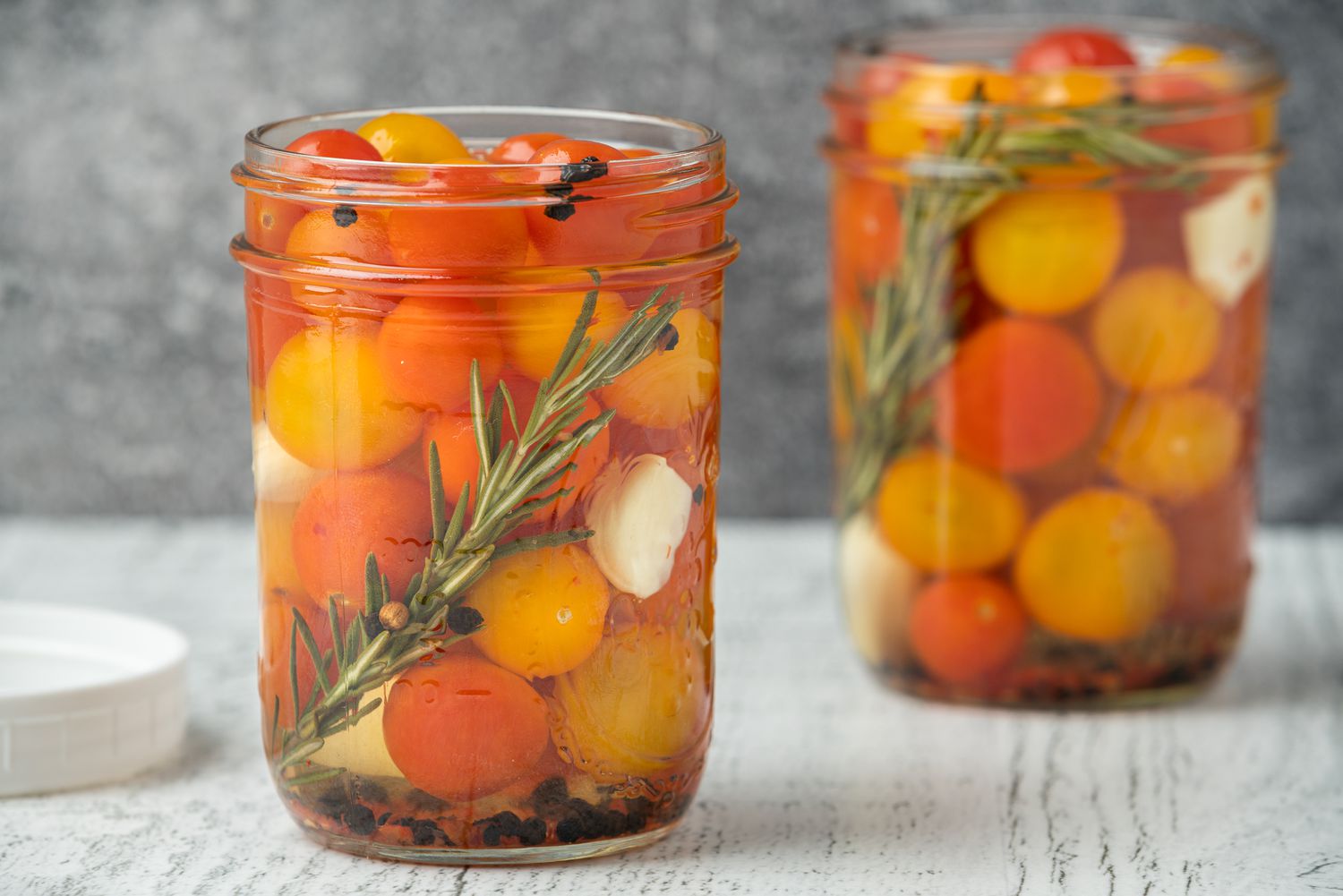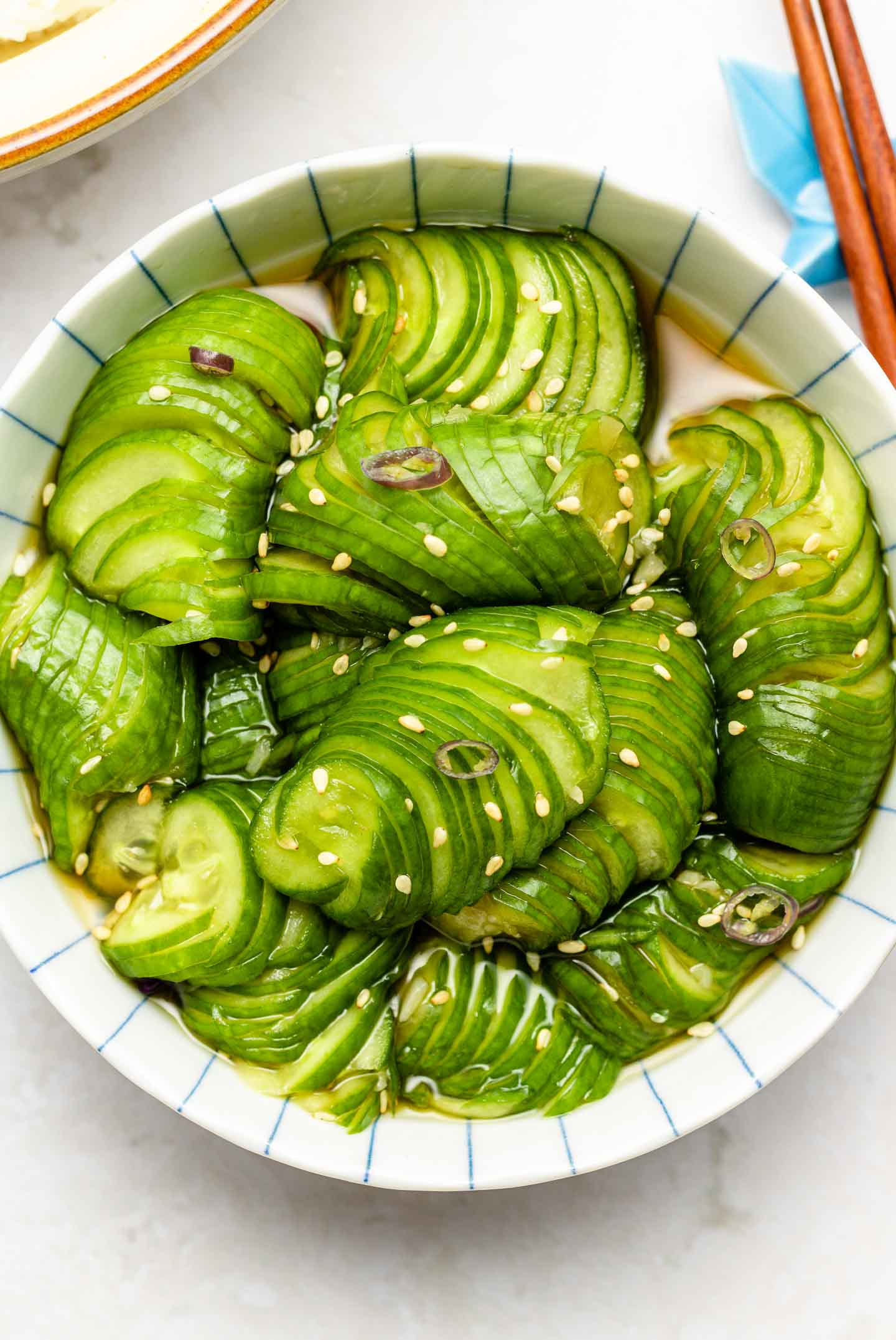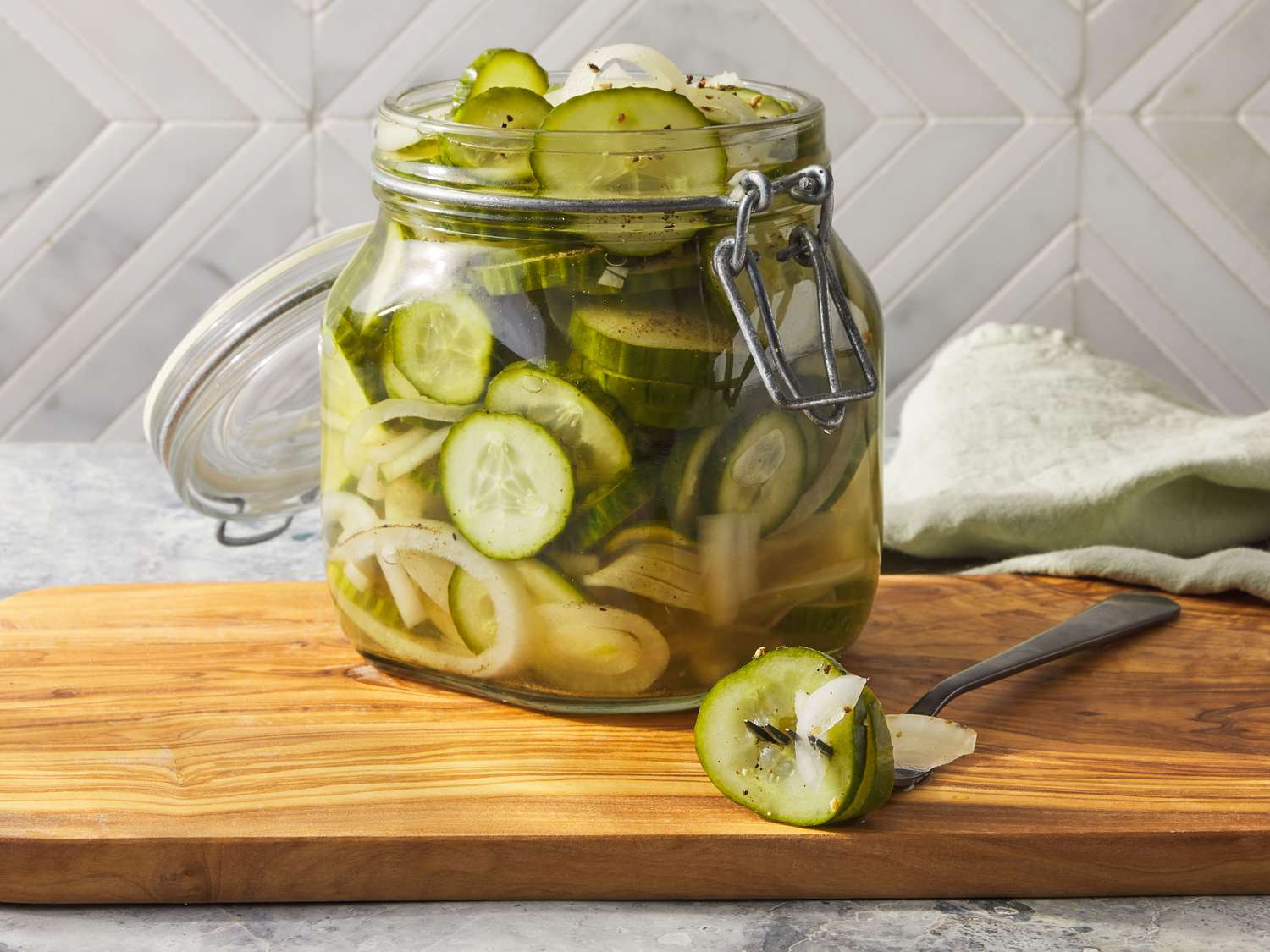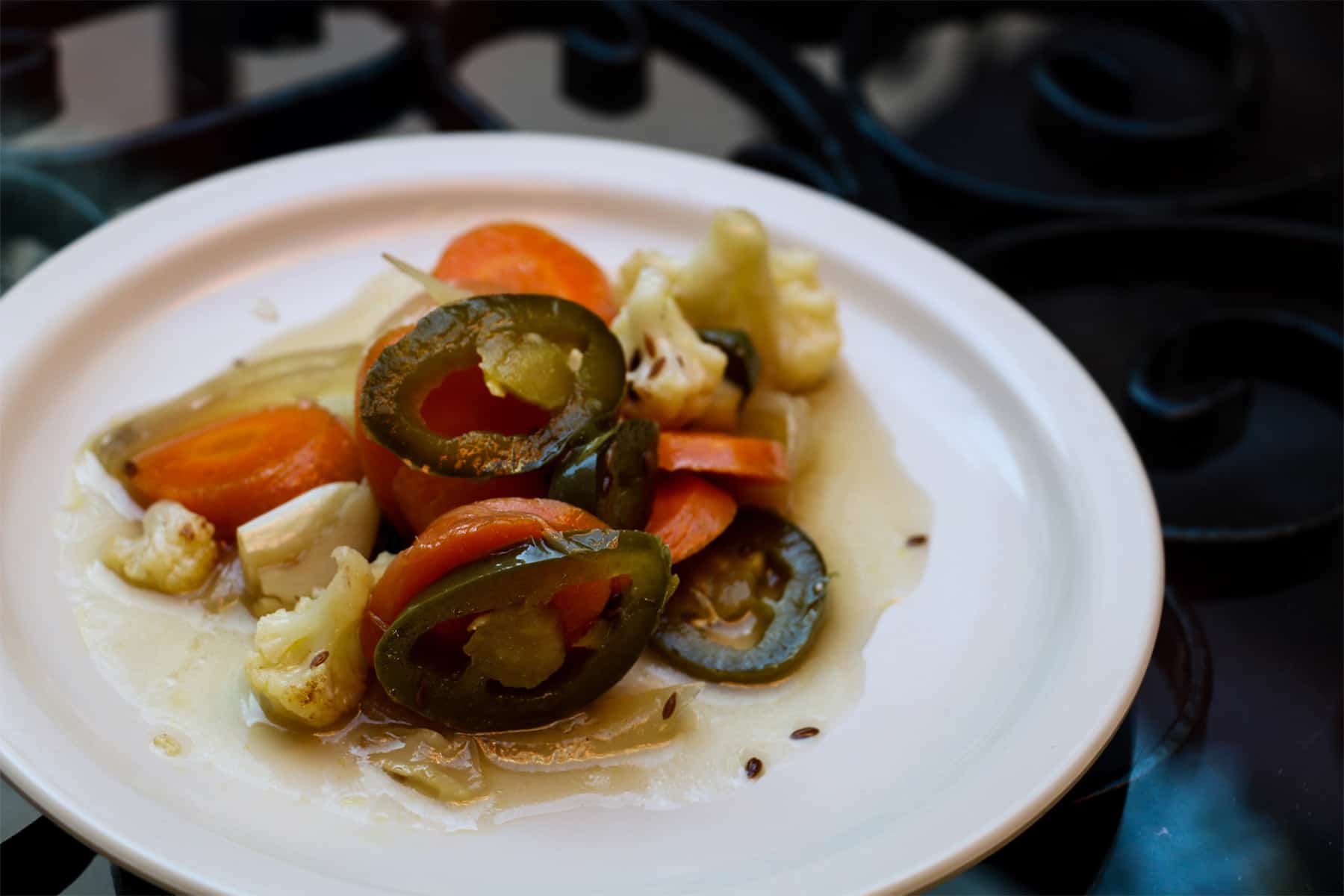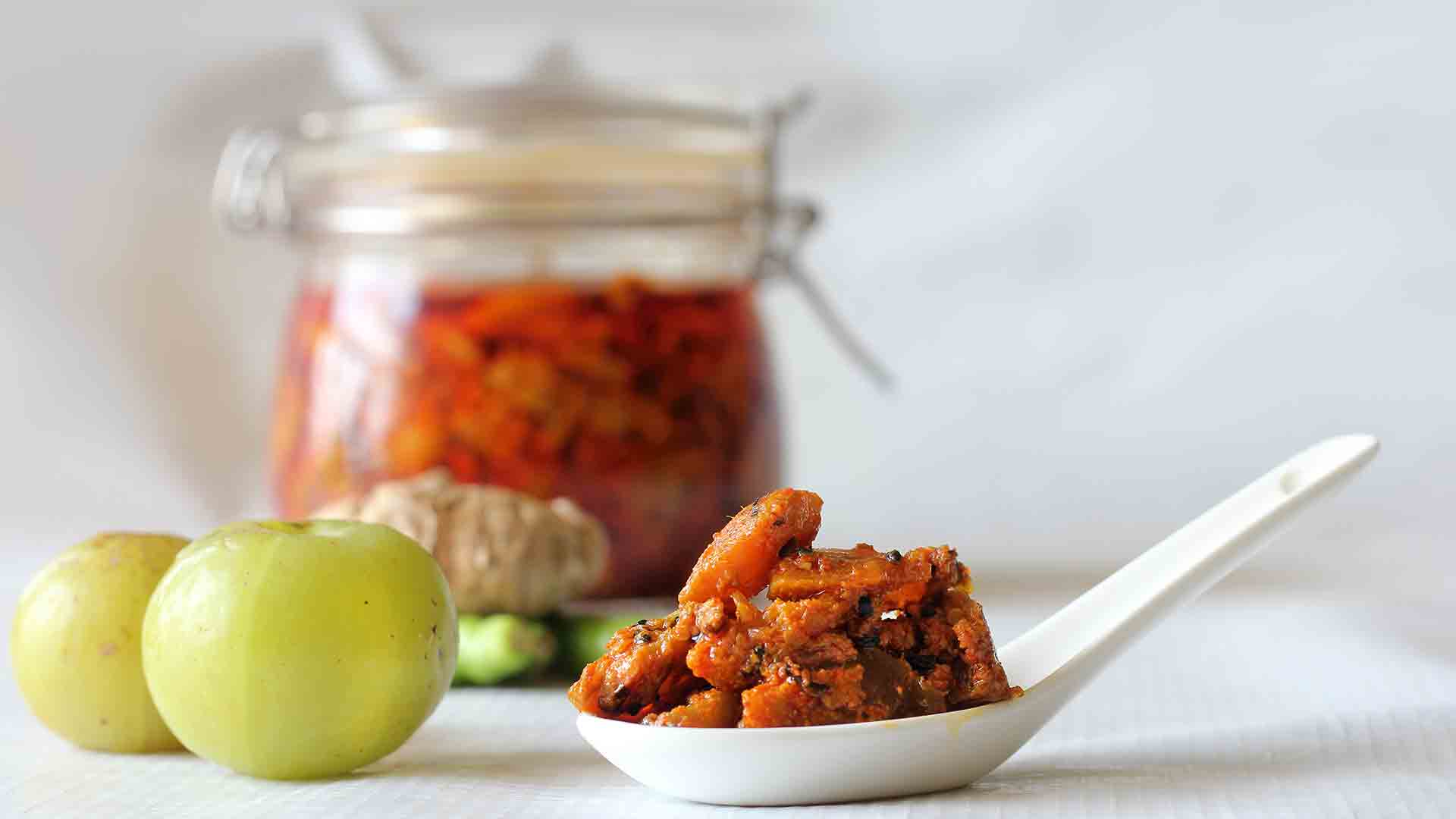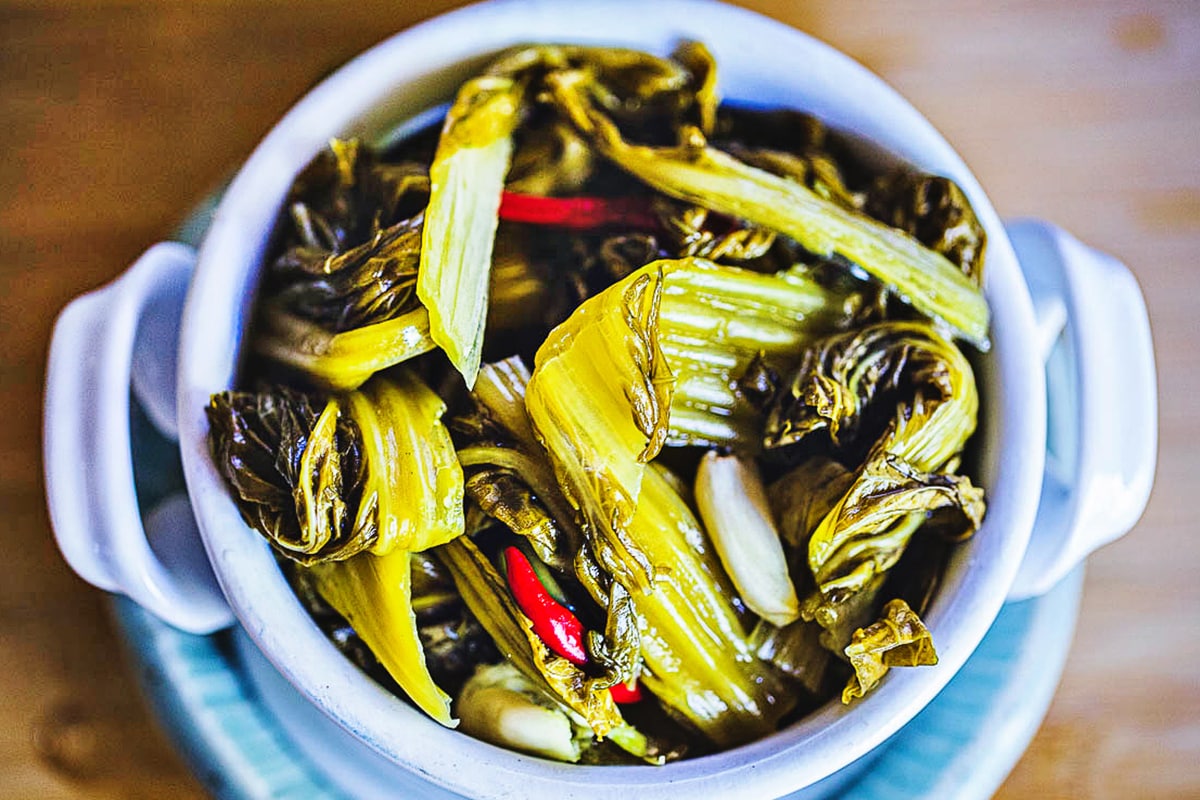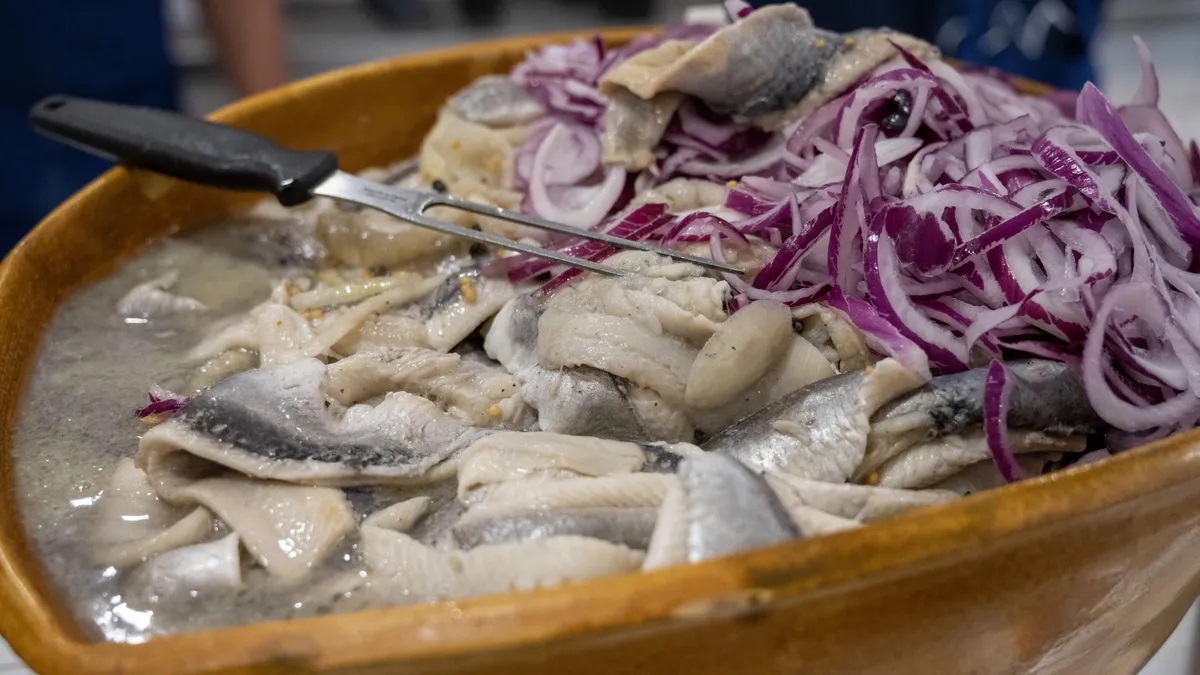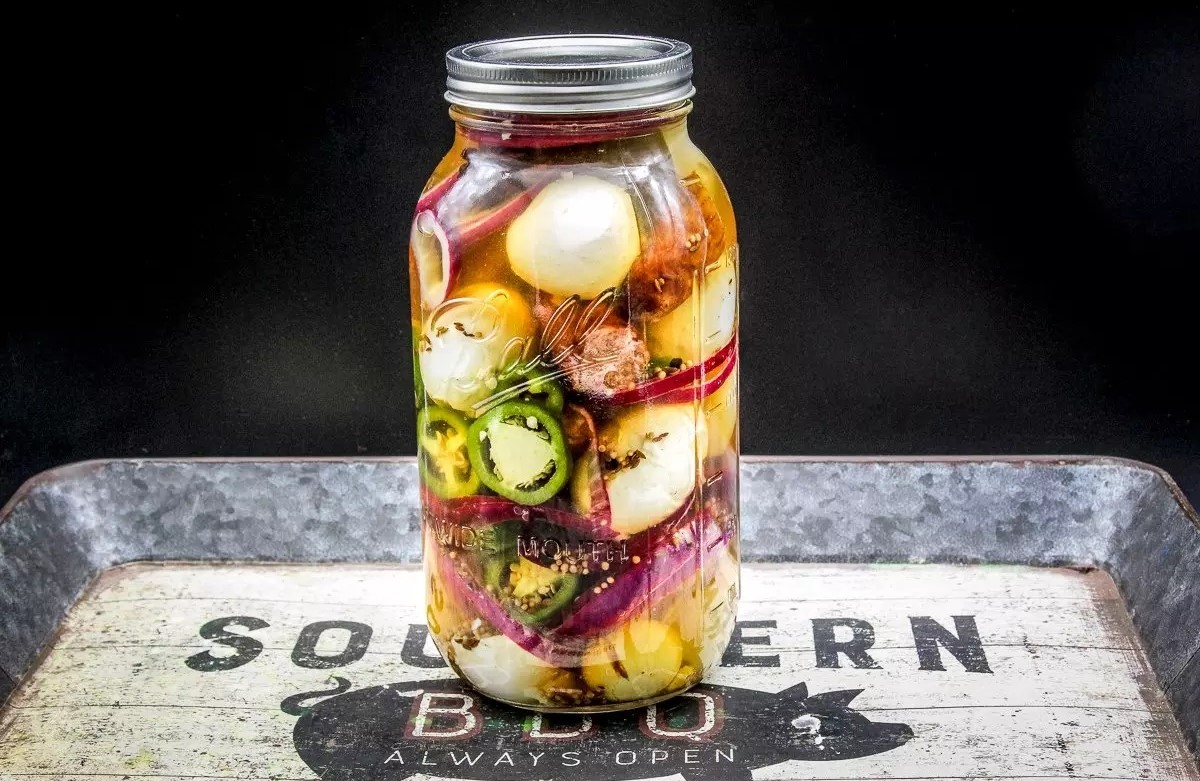Preserving the Freshness: Pickling Peaches Without Browning
When it comes to preserving the sweetness and juiciness of peaches, pickling is a fantastic option. However, one common issue that many people face when pickling peaches is the inevitable browning that occurs. The good news is that there are simple and effective methods to pickle peaches without them turning brown. Let’s explore some helpful tips to ensure that your pickled peaches retain their vibrant color and delicious flavor.
Choose the Right Peaches
When selecting peaches for pickling, it’s important to choose ones that are firm and ripe, but not overly soft. Look for peaches that are free from bruises and blemishes, as these can contribute to browning during the pickling process. Choosing the right peaches is the first step in ensuring that your pickled peaches maintain their beautiful appearance.
Acidulated Water Bath
One effective method to prevent peaches from browning during pickling is to use an acidulated water bath. This involves submerging the peeled and sliced peaches in a solution of water and lemon juice or vinegar. The acid in the solution helps to inhibit the enzymatic browning process, keeping the peaches looking fresh and vibrant.
To create an acidulated water bath, simply mix one part lemon juice or vinegar with three parts water. Submerge the peaches in this solution for a few minutes before proceeding with the pickling process. This simple step can make a significant difference in preserving the color of the peaches.
Blanching the Peaches
Another effective technique to prevent browning is blanching the peaches before pickling. Blanching involves briefly immersing the peaches in boiling water, followed by an immediate plunge into ice water to halt the cooking process. This method not only helps to maintain the color of the peaches but also makes it easier to remove the skins, resulting in a more visually appealing final product.
To blanch peaches, start by scoring a small “X” at the base of each peach. Carefully lower the peaches into boiling water for about 30 seconds, then transfer them to a bowl of ice water. Once cooled, the skins can be easily peeled off, and the peaches are ready for pickling without the risk of browning.
Use Ascorbic Acid or Vitamin C
Ascorbic acid, also known as vitamin C, is a natural antioxidant that can help prevent browning in fruits, including peaches. You can find powdered ascorbic acid or vitamin C tablets at most grocery stores or pharmacies. To use ascorbic acid to prevent browning, simply dissolve it in water and use the solution to coat the peeled peaches before pickling.
Alternatively, you can crush vitamin C tablets and mix them with water to create a protective coating for the peaches. This method provides an additional layer of defense against browning and helps to preserve the natural color of the peaches throughout the pickling process.
Conclusion
Pickling peaches is a wonderful way to enjoy their sweet and tangy flavor long after the harvest season has ended. By implementing these techniques, such as choosing the right peaches, using an acidulated water bath, blanching, or using ascorbic acid, you can successfully pickle peaches without them turning brown. With a little care and attention to detail, you can savor the delightful taste and vibrant appearance of pickled peaches throughout the year.
So, go ahead and pick those peaches, knowing that you have the knowledge and tools to keep them looking as appealing as they taste!
Was this page helpful?
Read Next: How To Pickle Beets From A Can
